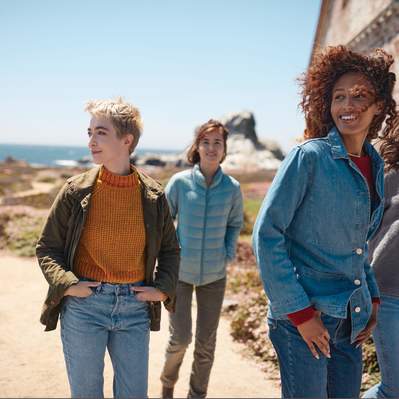Wine tasting. For those who are not too familiar with wine, the thought of wine tasting can seem a little daunting or even intimidating. Fortunately wine tasting in San Luis Obispo County is a relaxed experience, where novice and seasoned wine tasters alike are welcomed with open arms.
As you prepare for your wine tasting outing, below are a few suggestions on how to taste like a pro, even if you aren’t one…yet!
Step 1: Sight
The first characteristic of the wine that you will encounter is the sight.
- Is the wine clear, is it bright, what is the color?
- Is it pale, is it medium or is it deep?
Before you start sipping and indulging your palate, take a minute to discover the sight of the wine. Compare it to the others you taste. It is amazing how different grapes will produce such radically different colors!
Step 2: Smell
Second, explore the nose, or the aroma of the wine. Swirl your glass by placing it on the counter and moving it in a circular, clockwise or counter-clockwise motion. This allows the oxygen to enter the wine, giving you a full sense of the aromas it carries.
For white wines, depending on the variety, you may sense the scent of citrus fruits, melon, apple or pear. For reds, you may sense red, black or blue fruits (think berries – blueberries, cherries, strawberries, etc.).
It doesn’t stop at the fruit. For whites and reds you may sense herbs, spices, organic or inorganic earth. Take the time to explore the nose and write down what you smell before you look at the tasting notes. Don’t be alarmed if you can’t come to a conclusion on your first or even fifth wine. It takes time to develop your sense of smell, which means you just need practice!
Step 3: Taste
Finally, the moment you have been waiting for. Taste the wine! Take a small sip of the wine, swish it around in your mouth just to get your taste buds prepared for it. Swallow. Then, go back for another small sip and let it coat your mouth before swallowing.
What do you taste? Or technically speaking, what is the palate like? Describing the palate is a little more complicated, but think about what you originally smelled in the wine.
- If it’s a white wine, is there citrus, pear, melon or apple?
- If it’s red, are there red, black or blue berries?
- Does it taste fresh and ripe, or is it tart or jammy?
- Can you sense any wood/oak on the wine?
As you practice and train your palate to recognize certain characteristics, this step will become easier for you. Double check your work by asking your tasting room associate for the tasting notes on the wine.
Well, you have done it; you’re ready for wine tasting! Now, let’s take it a step further because we want to be sure you are exceedingly confident.
Below is a link to a few key terms (courtesy of the Wine Enthusiast Website) you may want to research and understand. These will help you be completely equipped as you rock up to that tasting room and ask for your first flight. There are many terms in this link, so we suggest narrowing it down to the following for beginners:
http://www.winemag.com/glossary/
Learn these terms:
Aroma, Blend, Bordeaux, Corked, Late Harvest, Nose, Oxidized, Palate, Rhone, Tannin, Terroir, Variety and Varietal
Varieties you may encounter during your San Luis Obispo County palate immersion:
Reds: Syrah, Granache, Mouvedre, Cabernet Sauvignon, Zinfandel, Pinot Noir, Petite Sirah, Petite Verdot and Merlot*
Whites: Chardonnay, Sauvignon Blanc, Grenache Blanc, Viognier, Marsanne and Roussane*
As a general rule, always be sure you eat plenty of food, and drink lots of water. Never be afraid to dump a wine, and always practice responsible tasting.
*There are many other varieties, but these are very common in the San Luis Obispo County region.
For more information on wine tasting in SLO CAL, visit:
By: Kylee Jepsen Level 1 Sommelier




